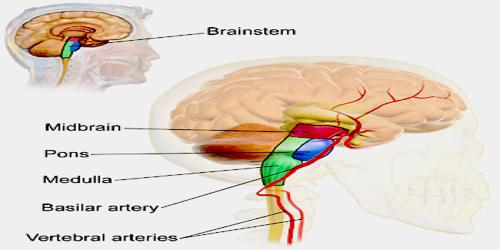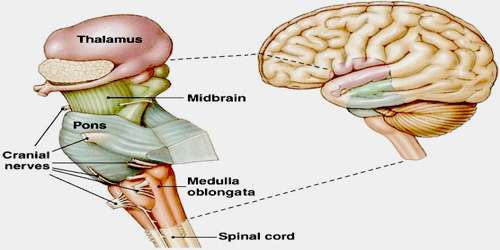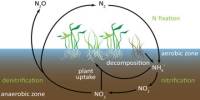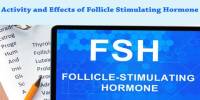Brainstem
Definition
Brainstem is the part of the vertebrate brain located at the base of the brain and made up of the medulla oblongata, pons, and midbrain. The brainstem controls and regulates vital body functions, including respiration, heart rate, and blood pressure. It provides the main motor and sensory innervation to the face and neck via the cranial nerves.

The brainstem is the region of the brain that connects the cerebrum with the spinal cord. It consists of the midbrain, medulla oblongata, and the pons. Motor and sensory neurons travel through the brainstem allowing for the relay of signals between the brain and the spinal cord. Most cranial nerves are found in the brainstem.
The brainstem also plays an important role in the regulation of cardiac and respiratory function. It also regulates the central nervous system, and is pivotal in maintaining consciousness and regulating the sleep cycle. The brainstem has many basic functions including heart rate, breathing, sleeping, and eating.
Structure and Functions of Brainstem
The brainstem is divided into three sections in humans: the midbrain (mesencephalon), the pons (metencephalon), and the medulla oblongata (myelencephalon). The brainstem is composed of the midbrain and portions of the hindbrain, specifically the pons and medulla. A major function of the midbrain is to connect the three major brain divisions: forebrain, midbrain, and hindbrain.
Major structures of the midbrain include the tectum and cerebral peduncle. The tectum is composed of rounded bulges of brain matter that are involved in visual and auditory reflexes. The cerebral peduncle consists of large bundles of nerve fiber tracts that connect the forebrain to the hindbrain.

The hindbrain is composed of two subregions known as the metencephalon and myelencephalon. The metencephalon is composed of the pons and cerebellum. The pons assists in the regulation of breathing, as well as states of sleep and arousal. The cerebellum relays information between muscles and the brain. The myelencephalon consists of the medulla oblongata and functions to connect the spinal cord with higher brain regions. The medulla also helps to regulate autonomic functions, such as breathing and blood pressure.
Ten of the twelve pairs of cranial nerves either target or are sourced from the brainstem. The nuclei of the oculomotor nerve (III) and trochlear nerve (IV) are located in the midbrain. The nuclei of the trigeminal nerve (V), abducens nerve (VI), facial nerve (VII) and vestibulocochlear nerve (VIII) are located in the pons. The nuclei of the glossopharyngeal nerve (IX), vagus nerve (X), accessory nerve (XI) and hypoglossal nerve (XII) are located in the medulla. The fibers of these cranial nerves exit the brainstem from these nuclei.
The brainstem houses many of the control centres for vital body functions, such as swallowing, breathing, and vasomotor control. All of the cranial nerve nuclei, except those associated with olfaction and vision, are located in the brainstem, providing motor and sensory function to structures of the cranium, including the facial muscles, tongue, pharynx, and larynx, as well as supplying the senses of taste, equilibrium, and hearing. The brainstem also has nuclei important for sympathetic and parasympathetic autonomic functions.
It has integrative functions being involved in cardiovascular system control, respiratory control, pain sensitivity control, alertness, awareness, and consciousness. Thus, brainstem damage is a very serious and often life-threatening problem.
Clinical significance of Brainstem
Diseases of the brainstem can result in abnormalities in the function of cranial nerves that may lead to visual disturbances, pupil abnormalities, changes in sensation, muscle weakness, hearing problems, vertigo, swallowing and speech difficulty, voice change, and co-ordination problems. Injury to the brainstem caused by trauma or stroke can lead to difficulties with mobility and movement coordination.

A stroke occurs when blood flow to the brain is disrupted, most commonly by a blood clot. When the brainstem is damaged, signals between the brain and the rest of body are disrupted. Brainstem stroke can cause problems with breathing, heart rate, hearing, and speech. It may also cause paralysis of the arms and legs, as well as numbness in the body or on one side of the body.
Reference:
















